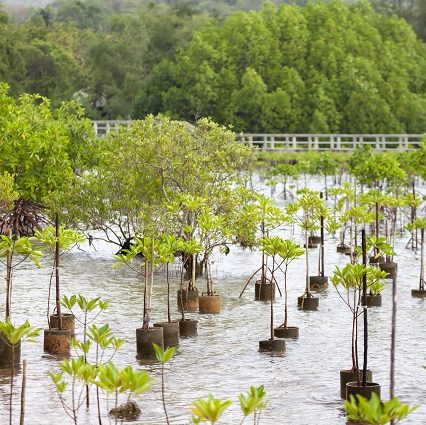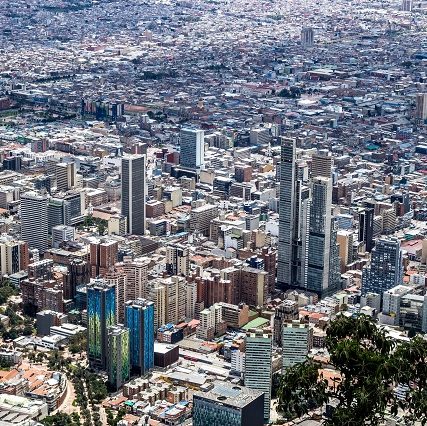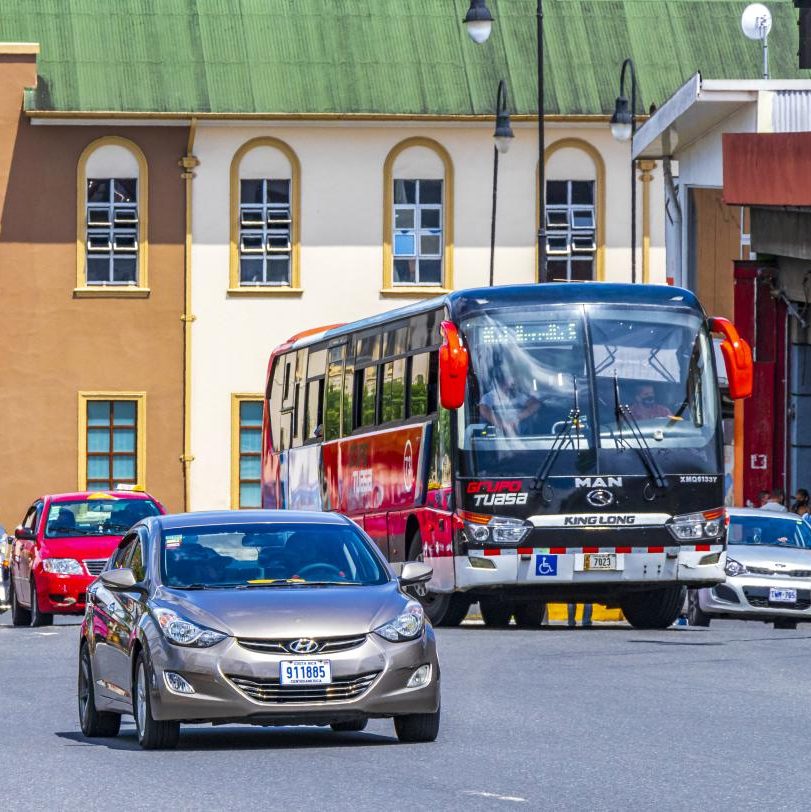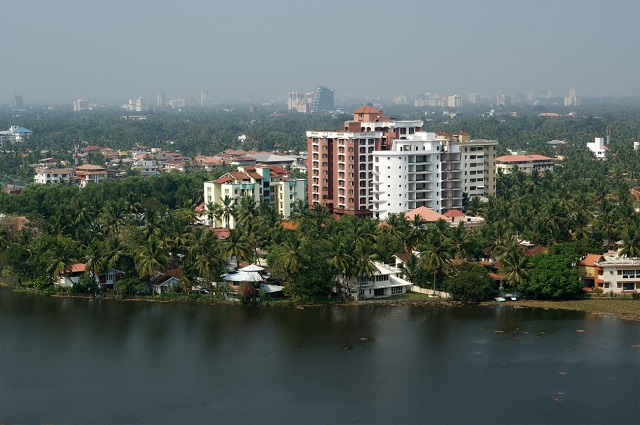Every Day, You will work with your team to think big about the future. Envision Sessions are a Generative space to:
Build Collaboration
Open exchange of ideas is key for innovation. When communicating within your teams, take a stance of curiosity. Listen to understand. Ask open questions. Work together to navigate complexity as a team.
Step Back and Reflect
This is an opportunity to think through a highly complex problem: to ask fundamental questions, to challenge assumptions, and to reimagine what success could look like.
Take Creative Risks
Use this space to experiment with new ideas, take creative risks, brainstorm pilot projects, and identify opportunities to work together in new, more transformative ways.
The Process
- Visualizing Success as a Team (Monday Goal-Setting) | View “Team Goals”
- Asking Big Questions and Ideation (Tuesday Envisioning) | View “Big Ideas”
- Building A Strategic Approach (Wednesday Envisioning)
- Aligning External Strategy with Internal Capacity (Thursday Envisioning)
- Honing Recommendations and Getting Feedback (Thursday night, Friday Ideas Forum)
Back in Manila in September-October, you will…
- Continue to work in your teams to turn your recommendations into new approaches and plans.
- Hone your messaging to your colleagues and the rest of the organization.
- Connect with the March 2024 cohort to set them up for success and create continuity.
- Meet regularly as a cohort for progress check-ins.
- Present your recommendations to ADB at an Innovation Forum on October 25.
You will share your ideas at two events:
Ideas Forum, Friday September 1
Each team will prepare a final Ideas Whiteboard by the end of the week. During the Ideas Forum, you will have the opportunity to see all teams’ Whiteboards and share feedback, support, and exchange.
Capstone Project Presentation, October 25
Teams will continue to collaborate back at ADB Headquarters to prepare a more formalized presentation to the ADB community.
THE TEAMS
CROSS-CUTTING CHALLENGES OF CLIMATE
Resilience
Country Engagement

Image: Sustainably replanting a mangrove forest contributes to restoration efforts along the coast of Thailand (Akarawut Lohachavoenvanich/iStock)
This team explores country engagement approaches to foster resilience for those most vulnerable to climate change, with a focus on Small Island & Developing States and Least Developed Countries. How can ADB reform its country engagement process to originate investments that better contribute to the synergy of development and climate, achieving country pipelines that are climate finance focused?
Members
Edimon Ginting
Neeta Pokhrel
Jyotsana Varma
Samuel Tumiwa
Leah Gutierrez
Aaron Batten
Bernard Woods
Pavit Ramachandran
Markets
Country Engagement

Heliostats at the Ivanpah Solar Project in Nipton, California. Collaboration between cities and corporations can simplify renewable energy procurement and help achieve collective energy goals. (Dennis Schroeder/NREL)
This team explores country engagement for growing markets for clean energy and sustainable solutions, as well as how to engage the private sector in climate financing. The focus is on Middle Income Countries, although the strategies could apply to other DMCs as well. How can ADB reform its country engagement process to originate investments that better contribute to the synergy of development and climate, achieving country pipelines that are climate finance focused?
Members
Shane Rosenthal
Safdar Parvez
Cindy Malvicini
Lesley Lahm
Pratish Halady
Ehsan Khan
Shan Chakraborty
Suzanne Gaboury
Ramesh Subramaniam
Strategy
Country Engagement

Image: Colombia’s goal of reaching net zero in all buildings by 2050 is an important step closer to being realized. (Levi Ari Pronk/Unsplash)
This team takes a step back to rethink ADB’s approach to country engagement as a strategic partner to DMC.s How can ADB provide national-level, long-term engagement while also offering differentiated approaches that respond to the diverse needs of DMCs? How should ADB reform its country engagement process to originate investments that better contribute to the synergy of development and climate, achieving country pipelines that are climate finance focused?
Members
Azusa Sato
Shanti Jagannathan
Bobur Alimov
Jamie Leather
Ayako Inagaki
Vinnie Wicklein
Alexandra Vogl
Cyn-Young Park
Eugene Zhukov
Nature
Cross-Sector Approaches

Image: Nature-based solutions, such as greenways and marine habitat restoration on Vancouver’s waterfront, can make communities more resilient while addressing the needs of multiple city departments. (Lisa Bayer, WRI)
This cross-sector team focuses on the future of our relationship to nature and the environment, considering the interconnectedness of agriculture and food security, environmental protection and biodiversity loss, and the immense potential of nature-based solutions. How does ADB scale up efforts to increase the resilience of food security while reducing production (GHG) emissions and protecting the region’s natural environment from climate change impacts and biodiversity loss?
Members
Suzanne Robertson
Suzanne Pedersen
Sonomi Tanaka
Qingfeng Zhang
Thomas Abell
Susann Roth
Mio Oka
Takeo Koike
Chris Engstrom
Energy
Cross-Sector Approaches

Image: Buses and cars share the streets in San José, Costa Rica. The country plans to introduce 1,000 electric buses by 2035 to help reach net zero. (Arkadij Schell)
This team will explore what it would take to transform our fundamental systems of energy and infrastructure, with a focus on reducing emissions, building resilience, and rethinking the intersections of energy, transport, and urban sectors. The nexus of urban, transport, and energy investment provides a major opportunity for the Asian & Pacific economies to make significant emissions reductions and to increase the resilience of infrastructure. How does ADB maximize these opportunities and support just transition?
Members
Priyantha Wijayatunga
Lu Shen
Jeff Taylor
Nianshan Zhang
Tariq Niazi
Michiko Suga
Srinivas Sampath
Tom Clark
Arnaud Cauchois
Finance
Cross-Sector Approaches

Image: Brazilian cities are finding innovative ways to locate funds for TOD projects, drawing on existing laws to create new partnerships. (Mariana Gil/WRI Brasil Sustainable Cities)
This team will step back to consider the mechanisms and structures of financing climate action and climate transition, with a focus on rethinking our relationship to risk and private sector engagement. As the innovation of financial instruments is essential to scale up climate finance lending to achieve the climate shift, where are the near- and long-term opportunities for ADB? How can ADB more effectively engage the private sector?
Members
Cathy Marsh
Cleo Kawawaki
Jacob Sorensen
Tomoyuki Kimura
Bruno Carrasco
Scott Roberts
Emma Fan
Asif Cheema
Image Credit: World Resources Institute, The City Fix Blog. Check it out for numerous examples of innovations in urban development, clean energy, nature-based solutions, and other climate action projects around the world.
